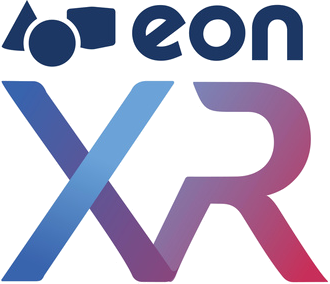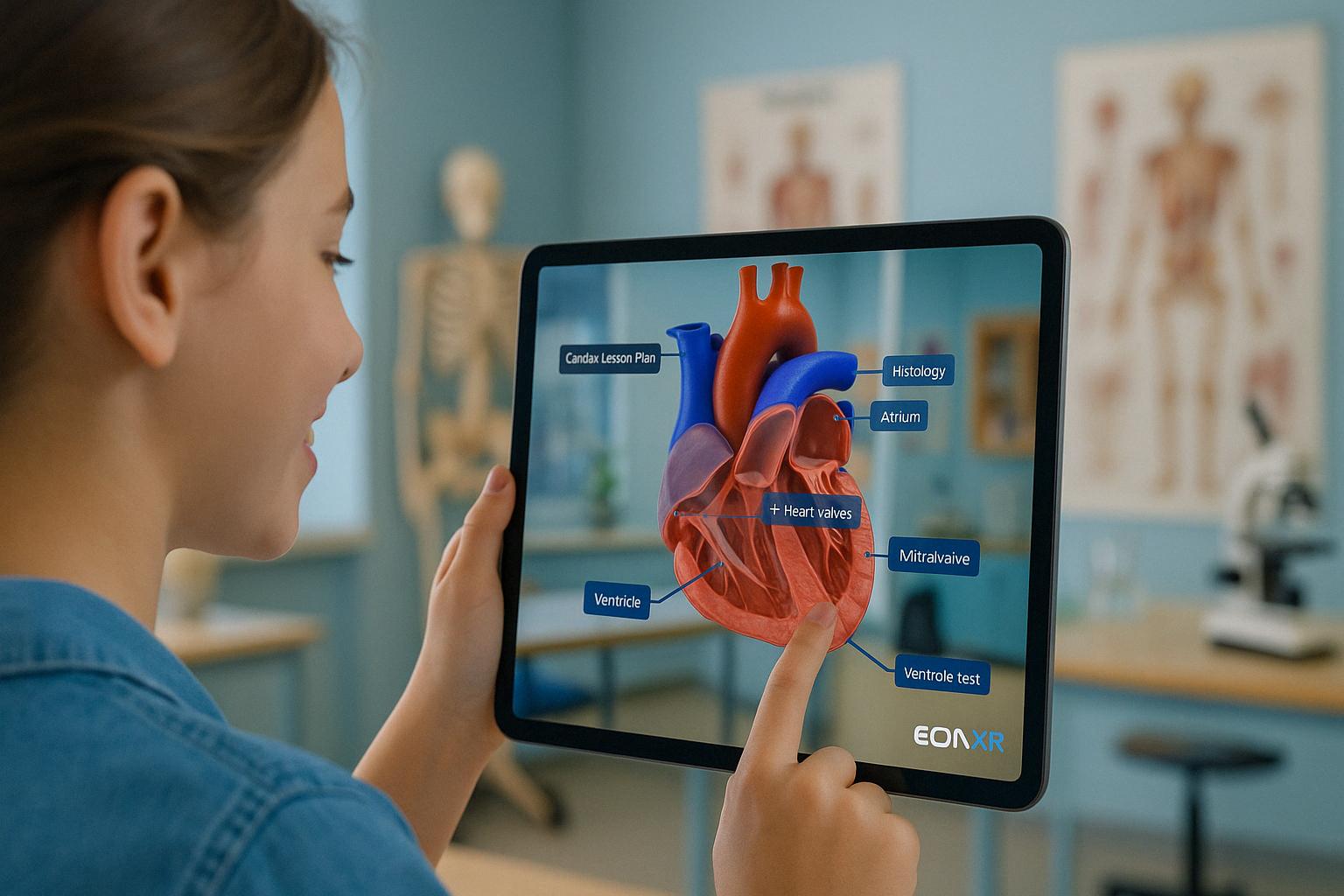 Clemson University was recently awarded a $2.3 million federal grant from the National Science Foundation to further the advancement of aeronautical training and education in the state of South Carolina. The university will be using EON Reality technologies, with the goal being “to help make South Carolina more competitive for future jobs within the automotive and aviation industries — two bright spots for the state’s economy,” said Clemson President James Barker (read article here).
Clemson University was recently awarded a $2.3 million federal grant from the National Science Foundation to further the advancement of aeronautical training and education in the state of South Carolina. The university will be using EON Reality technologies, with the goal being “to help make South Carolina more competitive for future jobs within the automotive and aviation industries — two bright spots for the state’s economy,” said Clemson President James Barker (read article here).
As 3D and virtual reality technologies become increasingly popular among a variety of different industries, the possibilities seem endless when it comes to education. Statistics show that interactive 3D solutions add significant value to education and training:
o 86{0fab034ea82b07661647ea8532e9066bcdd529bddfd482414d4493f90063c904} of students in the 3D classroom improved their test results
o Attention levels doubled (92{0fab034ea82b07661647ea8532e9066bcdd529bddfd482414d4493f90063c904} vs 46{0fab034ea82b07661647ea8532e9066bcdd529bddfd482414d4493f90063c904})
o Test scores increased with 35{0fab034ea82b07661647ea8532e9066bcdd529bddfd482414d4493f90063c904}
Clemson University is just one of many higher education institutions investing in 3D technologies to strengthen their education systems (read more about Clemson University here). We hope that as 3D and virtual reality become more widely accepted that these technologies can be introduced to K12 classrooms, to engage and cultivate the minds of younger students at earlier stages in life.












